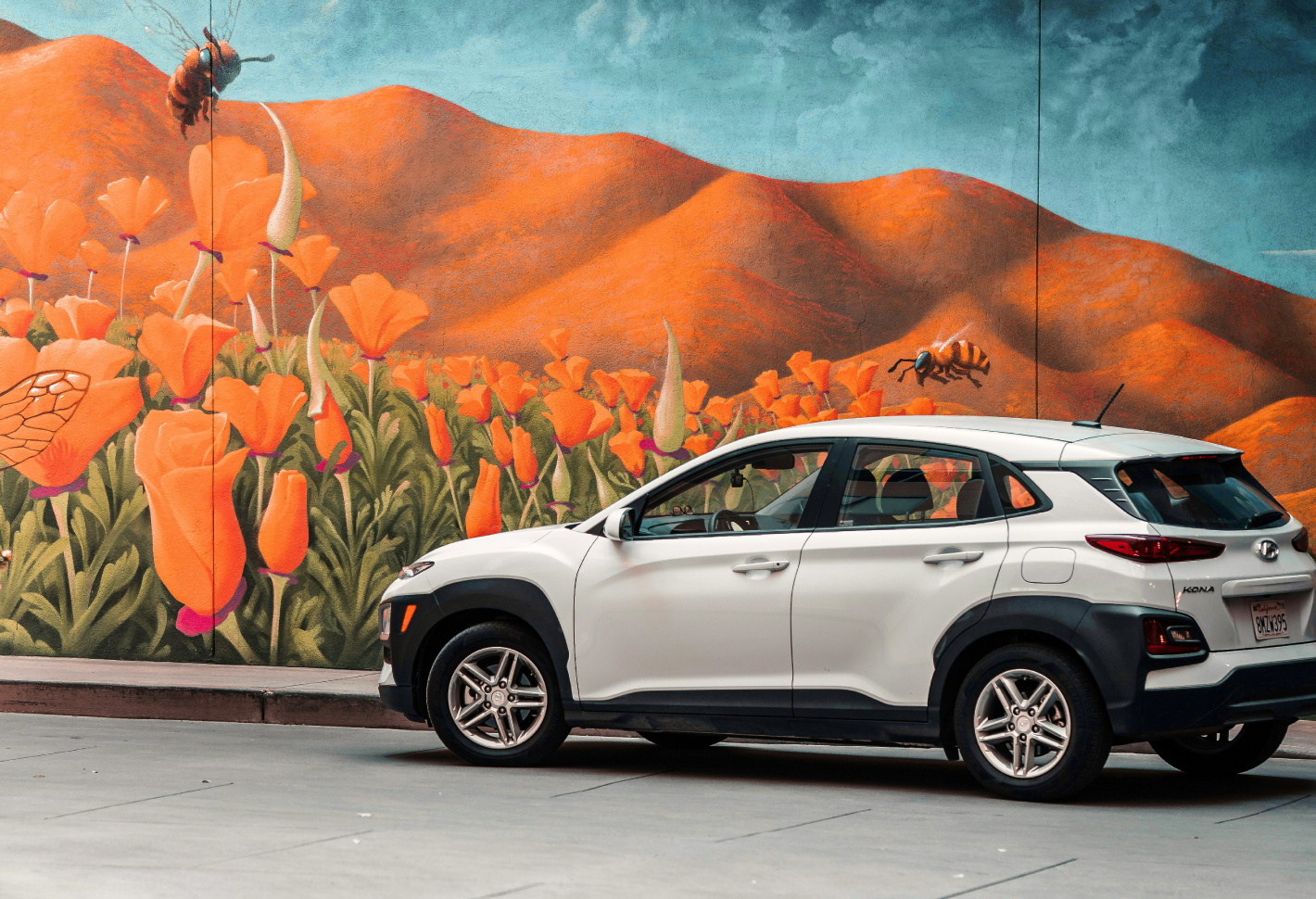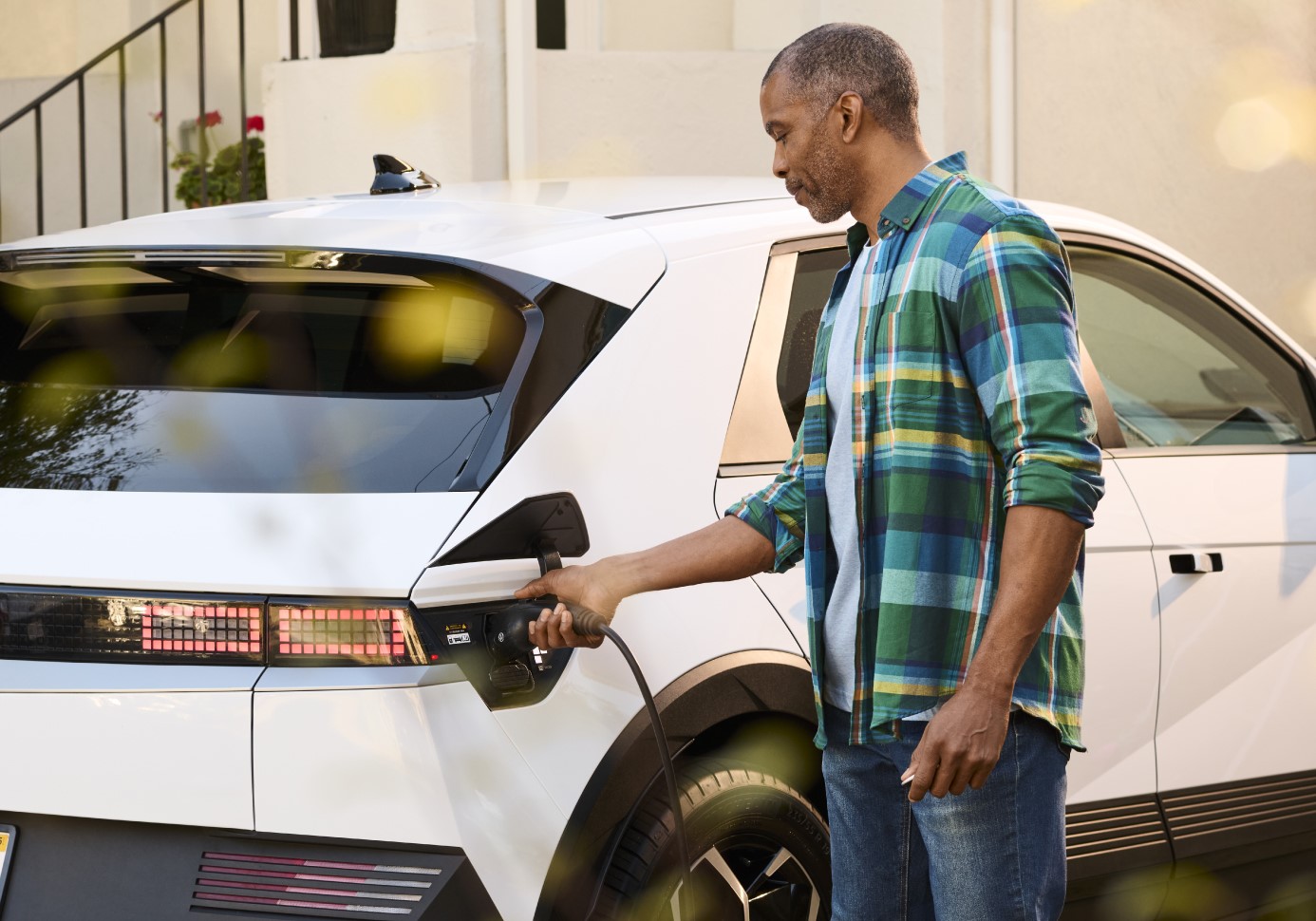
Electric Vehicles
Driving electric is safe and fun. And when paired with Ava’s clean electricity, the cost to refuel an electric vehicle can be a fraction of the cost of gasoline or diesel.
Why is Driving Electric Important?
The transportation sector stubbornly remains the single largest contributor of health-impacting air pollutants in Alameda County and the San Joaquin Valley. Electric vehicles (EVs) fueled with clean electricity are one simple way to reduce the environmental and human health impacts of driving.
Charging
Public Charging
Today there are more than 1,300 public charging ports in our service area. We’re currently working to deploy a public DC Fast Charging Network across our service area, located close to multi-family housing to enable access to EV charging for those who can’t charge at home, and close to local businesses to enjoy while your vehicle charges.
If we haven’t built a DC fast charger near you yet, there are many charging station locators and mobile apps available, like the PlugShare app, that can help you find other public charging stations. Be sure to check with the vehicle manufacturer and EV driving manual for charging options that are right for your electric vehicle. You may also need a subscription to charge with some of these networks, so plan ahead and do your research before going on that long road trip.
At-home Charging
Signing up for a rate plan designed for EV owners will help ensure you pay the lowest price to charge your vehicle at home. EV2-A and E-Elec are recommended time-of-use rate schedules that both offer off-peak, partial-peak, and peak hours. Charging your EV during off-peak hours (between 12:00 AM and 3:00 PM) will help making driving an EV more affordable. The table below compares what you would pay during peak and off-peak rates on E-TOU-C (the default rate in Ava’s service area), EV-2A, and a gas-powered vehicle. Along with making sure you’re on the optimal rate schedule, you can sign up for Ava SmartHome Charging to save money on your electric bill, get rewards, and boost renewable energy usage.
It’s still cheaper to drive electric, especially if you’re on an EV electric rate schedule:
| Cost | EV2-A (Off Peak) | EV2-A (Peak) | E-TOU-C (Off Peak) | E-TOU-C (Peak) | Gas |
|---|---|---|---|---|---|
| Cost per 100 Miles | $6.44 | $14.54 | $9.60 | $11.66 | $17.34 |
| Annual Cost | $966 | $2,182 | $1,439 | $1,749 | $2,601 |
You can check which rate you’re on, figure out which EV rate is right for you, and select a new rate by logging into your PG&E account or by calling 866.743.0335 and telling the representative that you want to enroll in a new rate schedule.
Ready to purchase an EV?
EV Basics
There are three different types of EVs designed to meet different driving needs: all-electric, plug-in hybrid electric, and fuel cell electric. Different types of EVs qualify for different rebates and incentives.
Learn more about the basics of EV ownership.

Incentives & Perks
Although many EVs have a higher upfront cost than gas or diesel counterparts, you could be eligible for thousands of dollars in incentives to help make an electric vehicle more affordable. Plus, average maintenance for an EV is estimated to save you $600 per year (as compared to maintenance costs for an internal combustion engine vehicle).
Find your local relevant incentives using our incentive finder.

Join this program to earn up to $100 per EV in rewards, boost renewable energy use, and save an estimated $140 a year on your electric bill while charging at home.